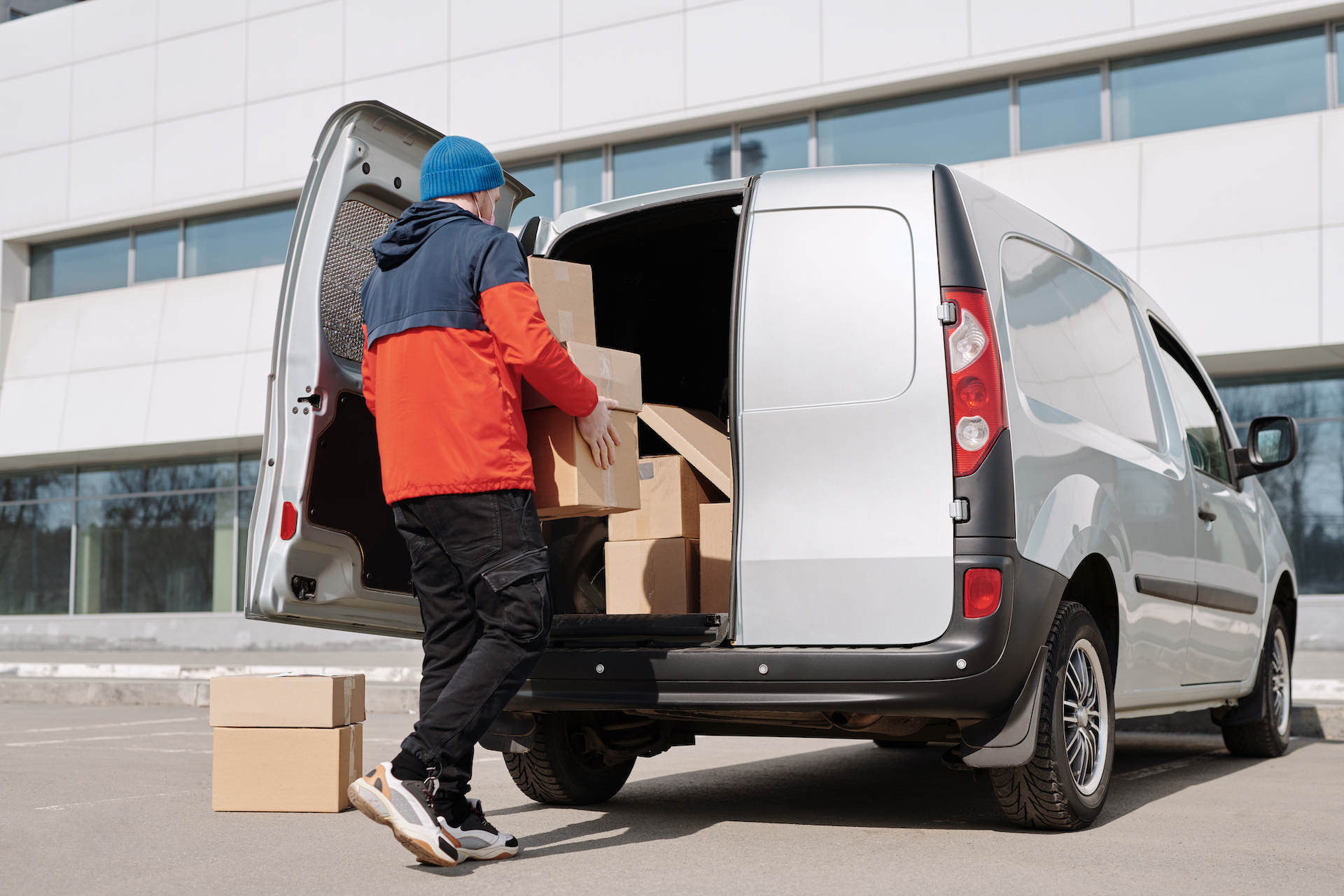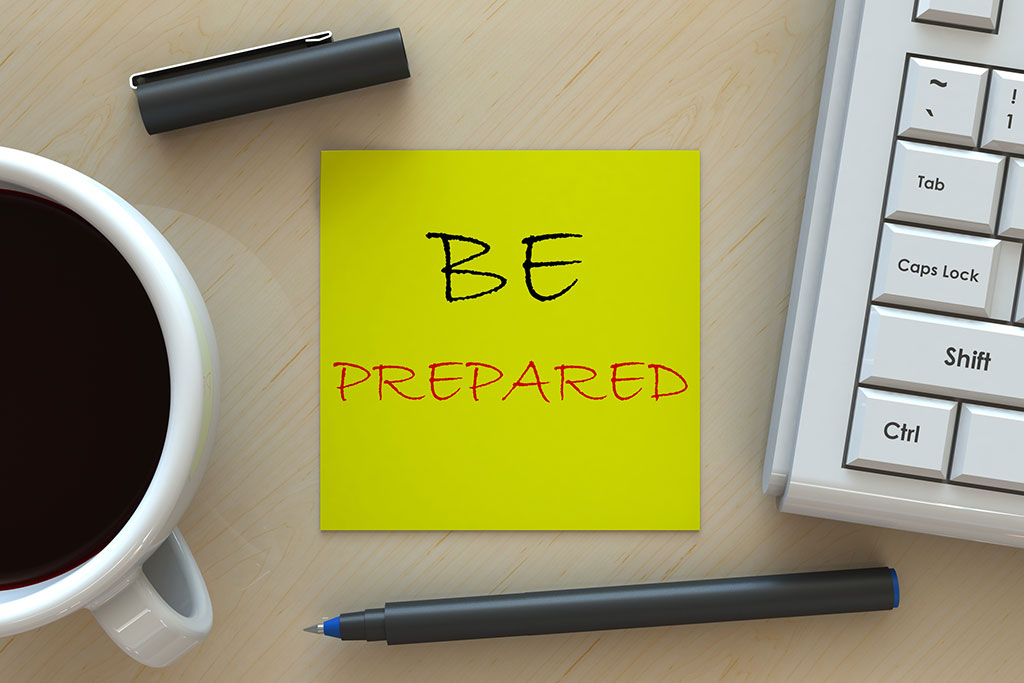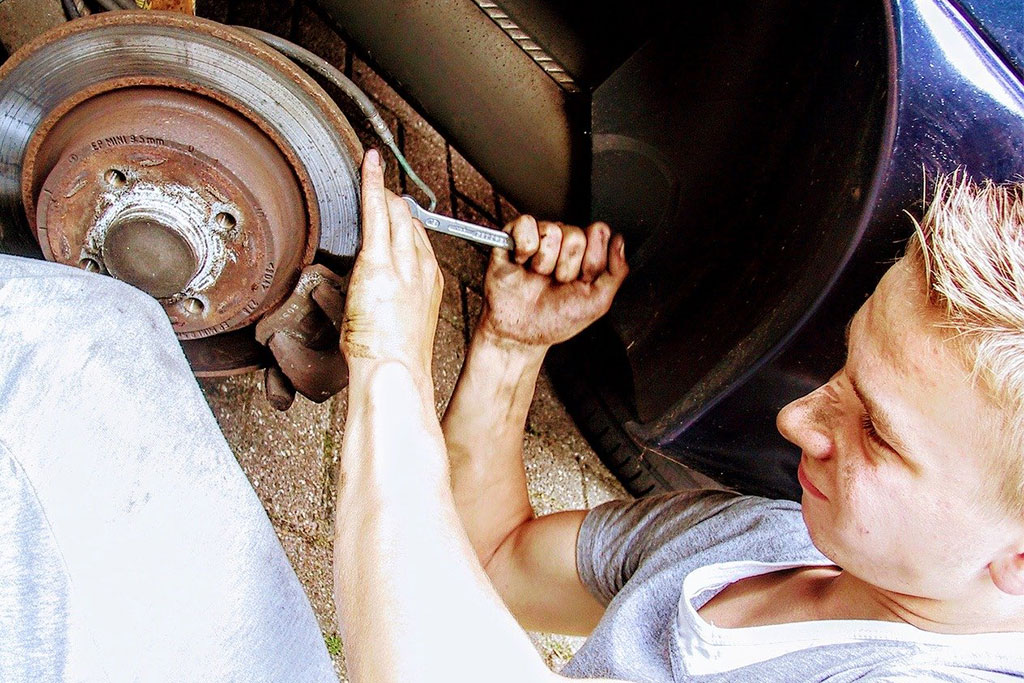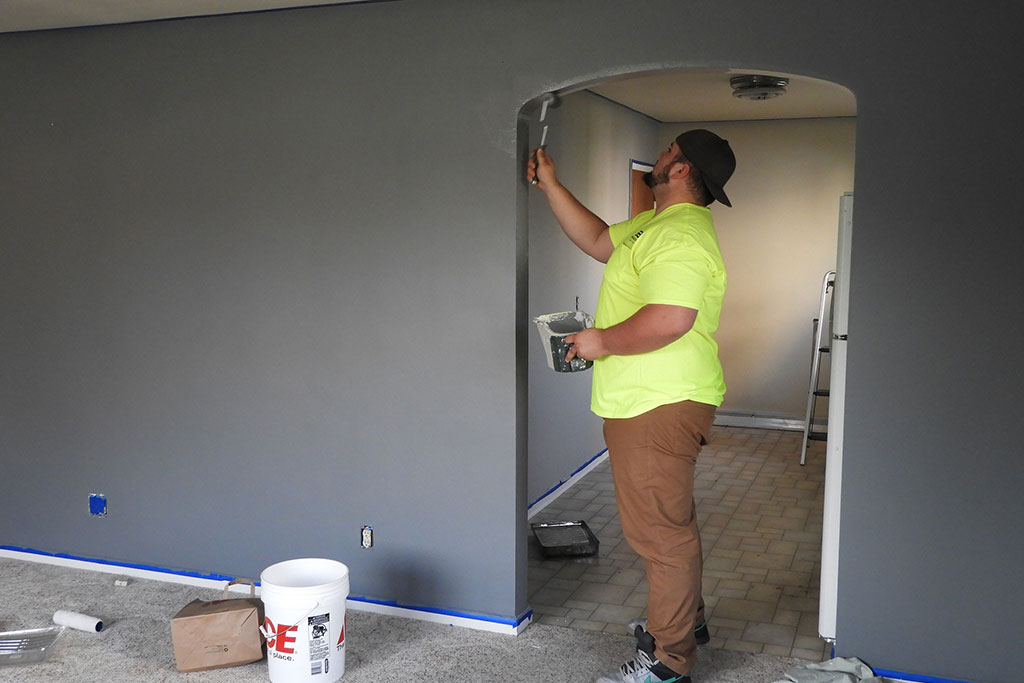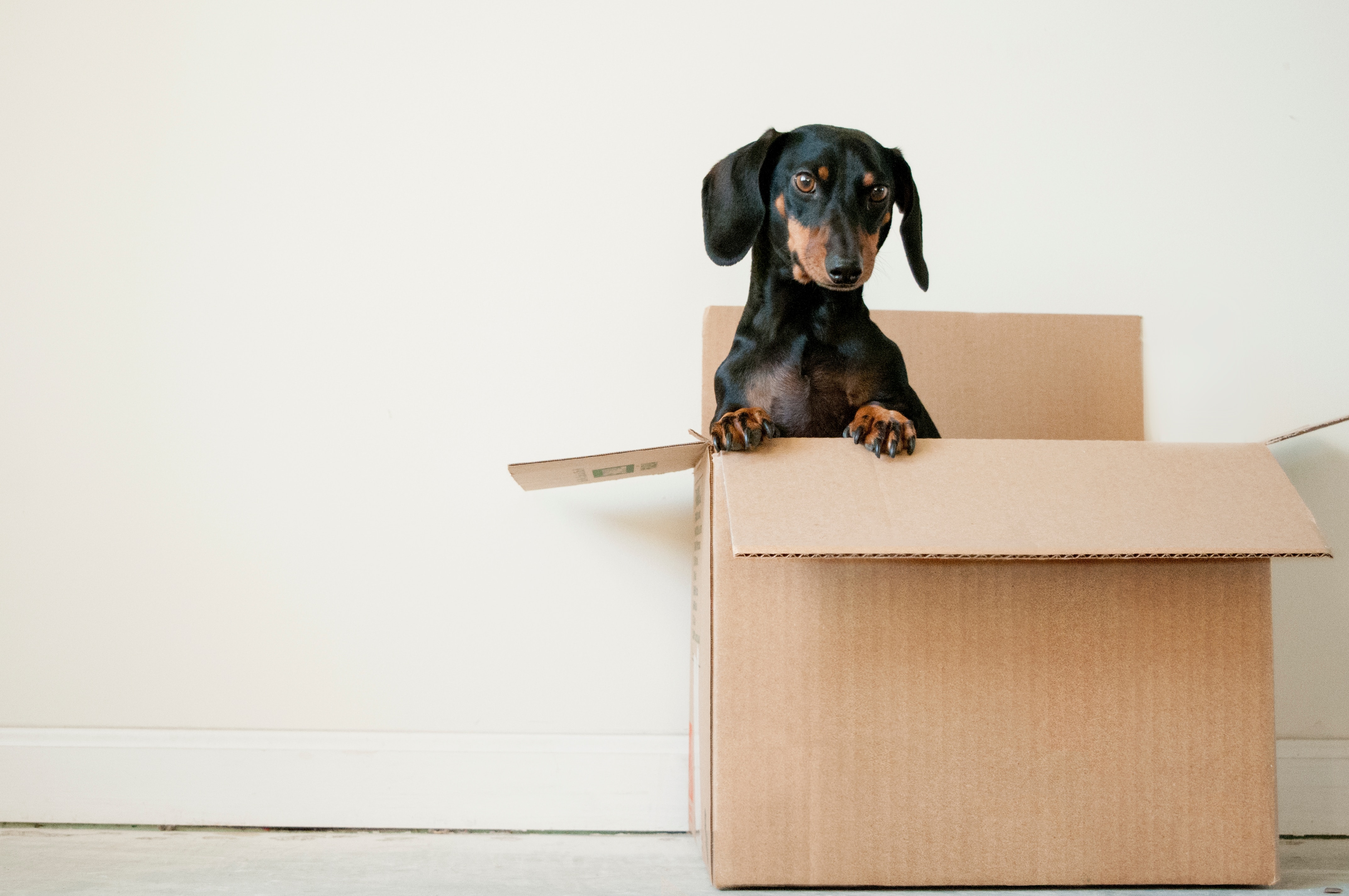There’s nothing like the open road and an exciting destination. Many Americans and Canadians look forward to the thrill of traveling on their own terms with a road trip. With so many interesting and enjoyable sights and histories, the vast country of Mexico is an easy choice for road tripping. Yet, there’s one important difference you need to know before driving to Mexico.
The wind in your hair, the freedom to plan your schedule and route, the ever-changing sights on the way—a road trip is a dream and rite of passage. If you’ve already begun planning your road trip to the exciting country of Mexico, you’ve likely covered your packing needs, important documents, and trip plans, but there’s one crucial detail you can’t forget—valid Mexico car insurance.
You might’ve thought that your car’s current insurance will carry over across the Mexican border, but unfortunately that isn’t the case. Without proper car insurance in Mexico, you’ll be completely uncovered and liable for damages and injuries in any accidents.
Luckily, we’ve got everything you need to know.
Why Your Current Car Insurance Won’t Cover You in Mexico
If your car insurance is provided by an American or Canadian company, your car won’t be recognized as covered by insurance once you arrive in Mexico. The laws for insurance are different in Mexico; you’re required to have your car insurance provided by a Mexican insurance company. This law means that your regular car insurance simply isn’t valid in Mexico.
For the same reasons we don’t risk driving in the United States or Canada without insurance, you won’t want to take your chances driving without coverage in Mexico. In the event that you’re involved in a car accident, the possible outcome is much different from what you might be used to in your home country. In Mexico, driving without the proper car insurance is a big risk. If you find yourself in a car accident, you’ll be on the hook for any damages or injuries caused. If you don’t have Mexico car insurance, you’ll even risk being arrested and having your car impounded until you prove your ability to pay and go through the process of paying.
What Does Mexico Car Insurance Offer?
When purchasing auto coverage for driving in Mexico, there are a variety of options you can choose from. You’ll be able to customize the policy to fit your needs depending on the length of your trip. Depending on what kind of coverage you prefer, you can seek out comprehensive car insurance or simply cover the basics.
How to Obtain Mexico Car Insurance
Before you start dusting off your high school Spanish textbook, don’t worry—you can obtain your Mexico car insurance much closer to home. With Amigo Insurance, you can get a fast quote and secure the proper insurance you’ll need to drive into Mexico care-free. To get started with making sure your trip to Mexico will be stress-free, you just need the following items to get your Mexico car insurance quote:
- Driver’s license
- Travel dates
- Vehicle registration
- Proof of American insurance
With these documents, you’ll be ready to secure the proper insurance and cover every base to make your road trip to Mexico a trip to remember (for all the right reasons).
Don’t Forget to Ask
Planning a road trip to another country is a fun and memorable experience, but only if you cover your bases and respect the rules of your destination. Many people don’t realize they need Mexico car insurance when driving towards their Mexican holiday trip, putting them at great risk for at best, a bad experience, and at worst, a risky and costly one.
If you’re planning a road trip to Mexico, make sure you’re prepared with Mexico car insurance. By reaching out to a company like Amigo who can provide the policy you’ll need to be safe and legal when driving in Mexico, you’ll get a good price and the peace of mind that you’re covered in the case of an accident. When it comes to safety and peace of mind, there are some things that are priceless.


